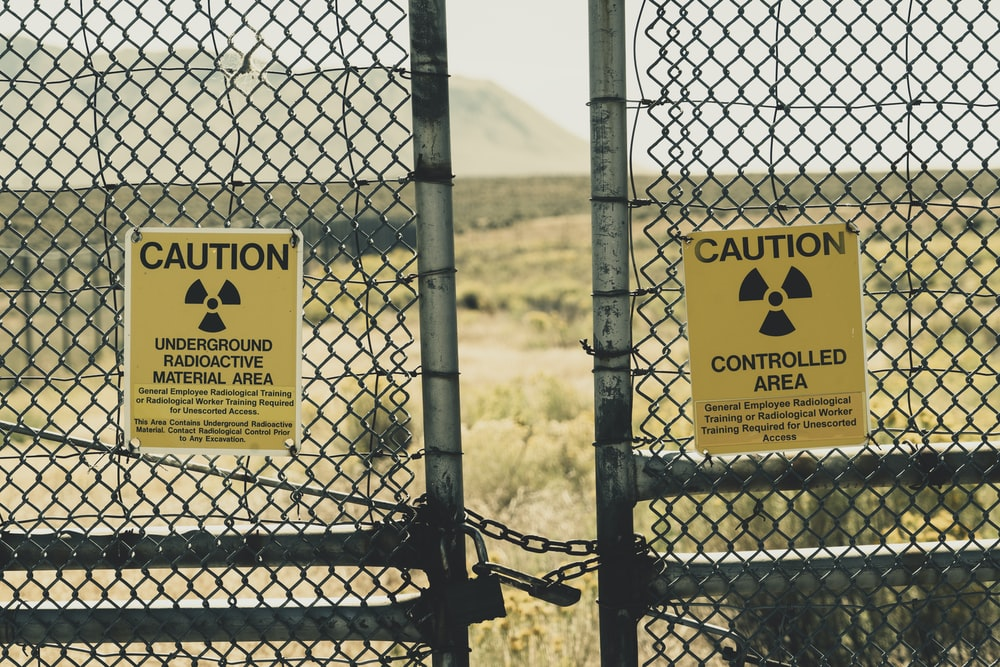Occupational hazards are part and parcel of almost every job to some extent, but certain services come with an increased risk of toxic substance exposure. By definition, toxic substances are recognized as material that could cause physical harm and health issues in people that are exposed to them.
In Canada, the professions most at risk of toxic substance exposure are but not limited to, aerospace workers, miners, construction workers and welders. If your line of work falls in any of these sectors, it’s of utmost importance that you’re on top of workplace safety guidelines.
Although in Canada, different provinces and territories have their own limits enforced for workplace toxic substance exposure. However, the best approach is to always avoid as much exposure as possible.
To understand how to protect yourself from toxic substance exposure, you’ll have to first be aware about the different routes of exposure.
Inhalation: The most common mode of exposure, breathing in toxic airborne substances into your lungs is one way your body comes in contact with toxic materials.
Skin Contact: Certain properties of specific chemicals allow them to enter your body via the skin and then into your bloodstream.
Ingestion: Contaminated food when consumed is a means for toxic substances to enter your digestive system, and ultimately, your bloodstream.
Via the Eyes: Some substances can be absorbed into your bloodstream after your eyes are exposed to them.
To narrow down the subject matter of this blog, we’re going to take a look at three common toxic substances at the workplace and their effects on our health.
 1. Asbestos
1. Asbestos
Asbestos is a naturally occurring mineral that can be found in many building and other industrial materials. It has been classified as a carcinogen. Once inhaled, asbestos particles remain within the lungs for long periods of time causing inflammation, shortness of breath, and coughing.
In the long-run, asbestos exposure can lead to lung, stomach and other forms of cancer.
2. Lead
Lead is a type of metal that has a wide range of industrial applications. Short-term exposure to lead is associated with certain acute health concerns, including anaemia and central nervous system dysfunction.
On the other hand, long-term dangers of lead include kidney damage and high blood pressure. Exposure to a very high level of lead all at once is even found to cause death.
3. Silica
Silica is also a naturally occurring and very abundant mineral that exists in two major forms: crystalline and amorphous. Crystallized silica is the form of most concern to our health. It’s very common to encounter the substance in various workplaces, the construction, dry sweeping, and mining industries being only a few examples.
Exposure to silica is also associated with lung cancer in the long-run, even if the contact was short-lived, health hazards have been found to develop 10 years after.
At Metro Safety Training, we provide in-depth theoretical and practical workplace safety and first aid training. Our Asbestos, Lead, and Silica Awareness course prepares you to effectively manage and eliminate toxic substance exposure challenges at your workplace. Connect with us to avail our resources and training in British Columbia, Canada now!






